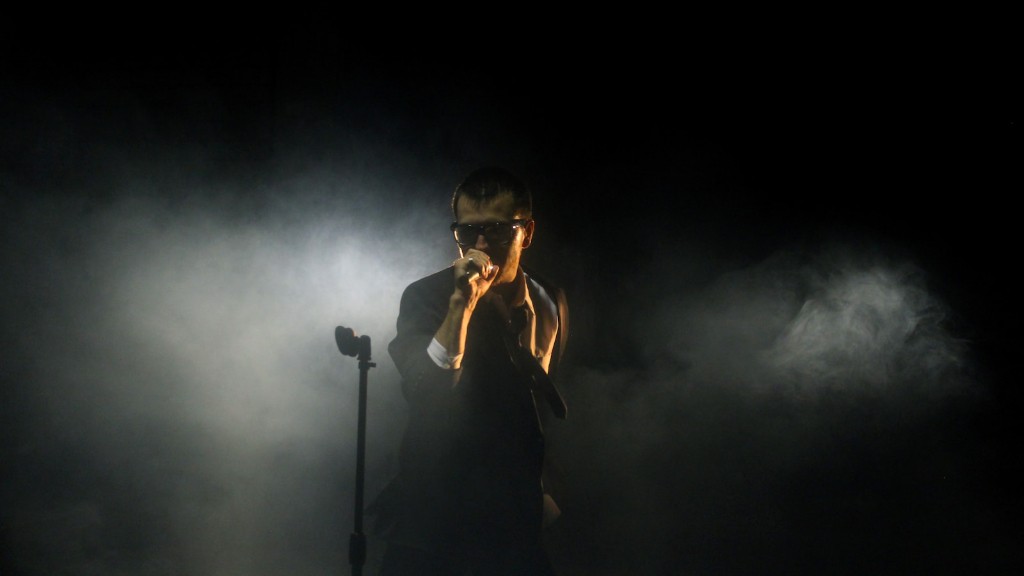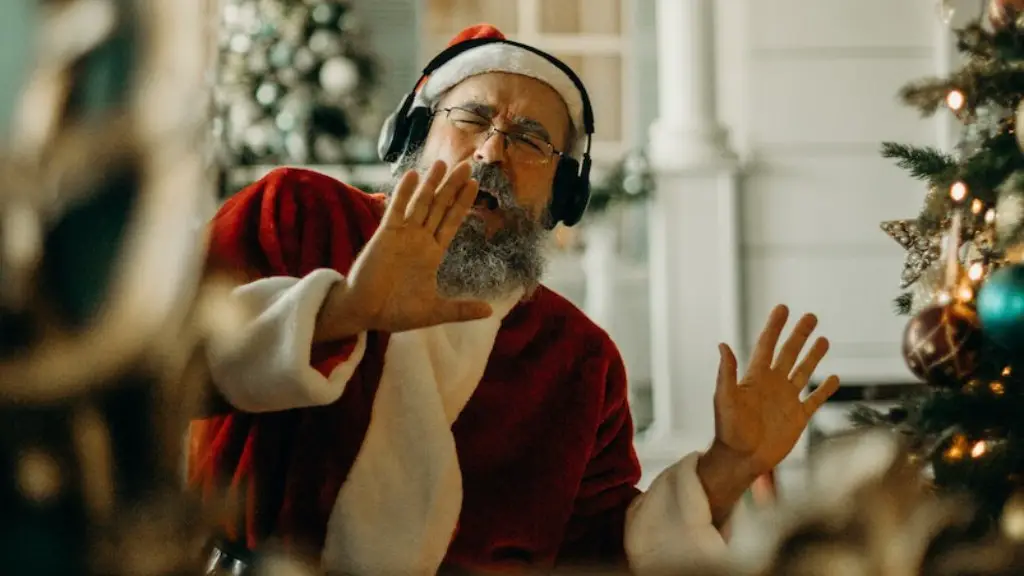Create a Cartoon Mouth that Reflects Your Mood
Everybody has a unique style when it comes to art, including cartoons. Drawing a cartoon mouth is one of the most important steps in creating the perfect representation of your character. It is the main tool for expressing the mood of your character, so you want to take the time to get it right. Whether you’re creating a comic, video game, or animation, you will need to make sure the mouth looks perfect and conveys the right emotions.
To draw a great cartoon mouth, start by sketching a few lines and curves to create a basic U-shape. From there, experiment with different sizes and styles of mouths depending on your character’s emotions. For example, if your character is feeling happy, use curves and curved lines to create a large, open mouth that reflects a smile. For a character who is feeling angry, you might use a sharper set of lines to show a frown. You can also use dots and other marks to create expressions that show surprise, shock, and other emotions.
Once you start developing more confidence in your drawing skills, you can use variations in the mouth shape to express more subtle emotions. For example, when a character is feeling sad, you can add tears around the edges of the mouth. You can also add L-shapes, curved lines, and other marks around the mouth to create an expression of confusion or surprise. These small details can really help you bring your characters to life.
As you continue to develop your cartoon drawing skills, remember to pay attention to details and push yourself to try new shapes and sizes of mouths. By thinking outside of the box and experimenting with new ideas, you can create expressive cartoon characters that truly come alive. Remember, the goal is to create an image of a character that people can relate to and react to emotionally.
Adding a Fun Twist to Your Cartoon Mouth
As you become more experienced in cartoon drawing, there are plenty of fun and creative ways to express a character’s emotions through the mouth. To get started, try adding fun and unique shapes to the mouth to express different types of emotions. For instance, if you want to make your character look scared, you can draw a big wide mouth with round edges. If you want your character to look embarrassed, try drawing a zigzag mouth shape. You can also experiment with crescent moons, stars, checkerboards and other unique shapes to add a fun and unique twist to your cartoon mouth.
Another great way to demonstrate your character’s emotions is to use texture in the mouths. Adding texture can help create a realistic looking cartoon character. To get started, try adding wiggly lines around the edges of the mouth to make it look more angry or worried. You can also add dots or other designs to show excitement or surprise. You can also draw vertical lines inside the mouth to create a wide-eyed, shocked expression.
Sometimes it can be difficult to create a realistic looking mouth in a cartoon style, so don’t be afraid to use a combination of lines, shapes, and textures that fit together like a puzzle. Even if it’s just a few basic marks, they can all work together to create an expressive face that conveys the right emotions. As you practice more, you will become more confident in your ability to draw cartoon mouths.
Using Color to Bring Your Cartoon Mouths to Life
Colors are a great way to take your cartoon mouths to the next level. Color can really help your character become more expressive and sophisticated. Start by using simple colors for the mouth and lips, such as pink or white. Then experiment with different shades of these colors and other colors. You can use brighter colors for cheerful characters, darker colors for angrier characters, and muted colors for sadder characters.
Texture and shadows can also be great additions to your cartoon mouths. Use pencil textures to create a soft, subtle mouth. Or, add outlines and details to the inside of the mouth. You can also use highlights and shadows to make the mouth more three-dimensional. Experiment with different combinations to bring your character to life.
Finally, don’t forget to add highlights to the edges of the mouth. Highlights will make it look more realistic and will also help draw attention to the details of the mouth. Once you get the hang of it, you’ll be able to create cute cartoon mouths that capture a character’s emotions perfectly!
Experiment with Cartoon Mouths Until You Find the Perfect Expression
Creating a cartoon character is all about experimentation. Every artist develops their own style and creative processes, so don’t be afraid to take risks and push yourself to draw something new. Try sketching different variations of the same mouth and see which ones work best. You can also experiment with symbols, eyes, and other elements to create a unique expression.
Also, remember to practice your skills regularly. Drawing, like any other art form, requires practice and patience. So, sit down and sketch different expressions every day. The key is to observe and study the details of the mouth – shape, structure, and movements – so that you can create a unique and recognizable cartoon mouth.
Another great way to improve your skills is to check out tutorials and watch videos. There are plenty of resources out there that can teach you some great techniques for drawing cartoon mouths. Keep an eye out for tutorials that focus on creating different kinds of emotions, such as anger, shock, embarrassment, or sadness.
Finally, don’t forget to have fun! Drawing a cartoon mouth can be a great way to express yourself and have a little fun. Let your imagination run wild, draw something goofy, or just try something new. With practice and patience, you’ll be able to create a perfect cartoon mouth that captures the right emotions.

